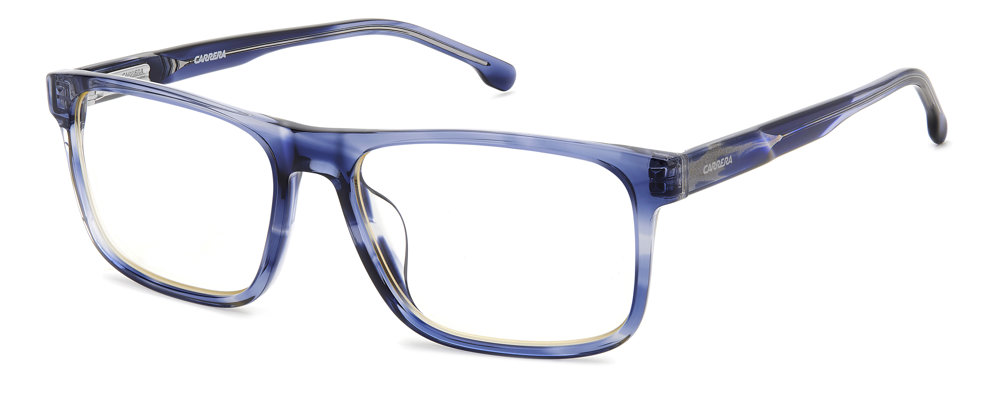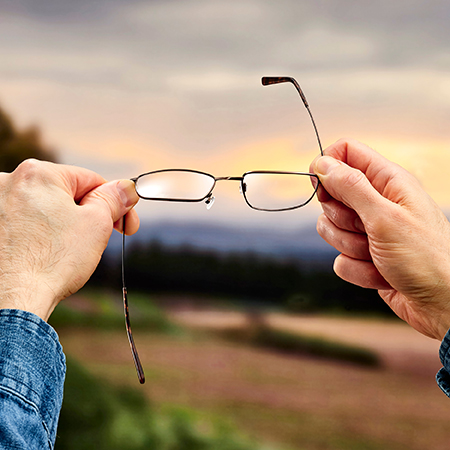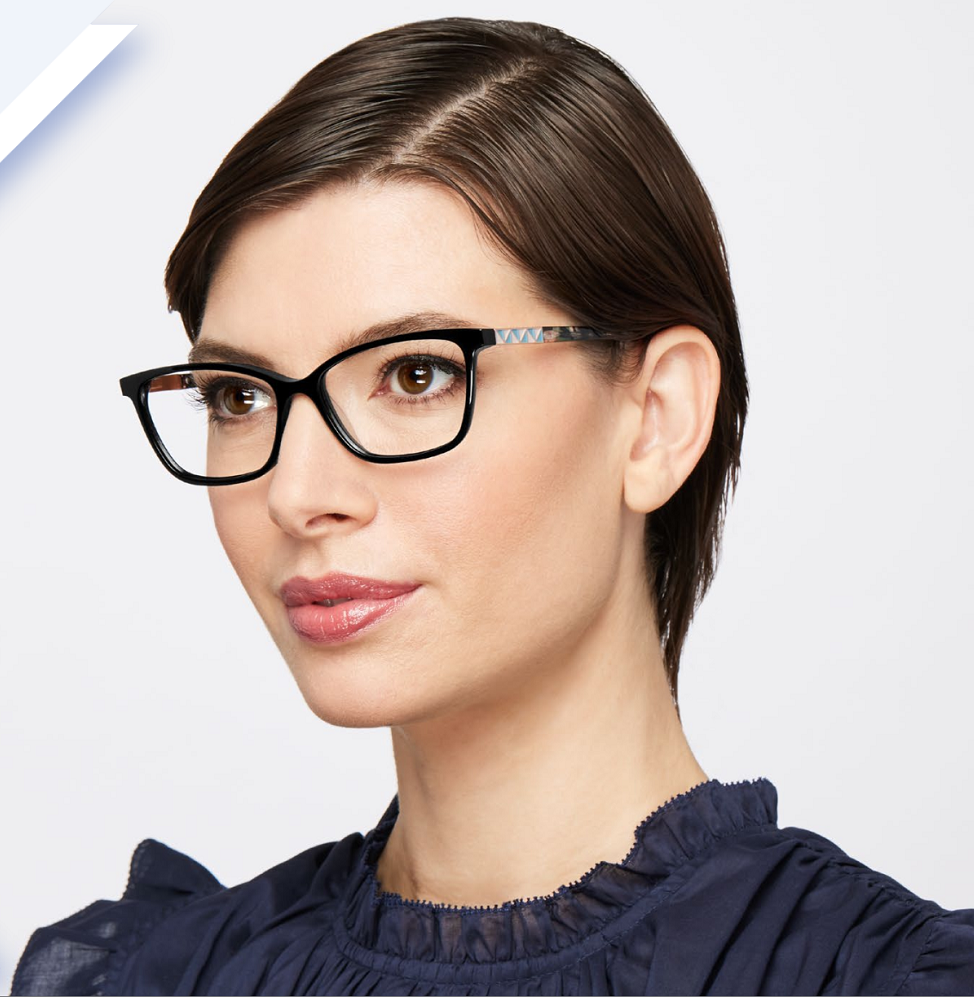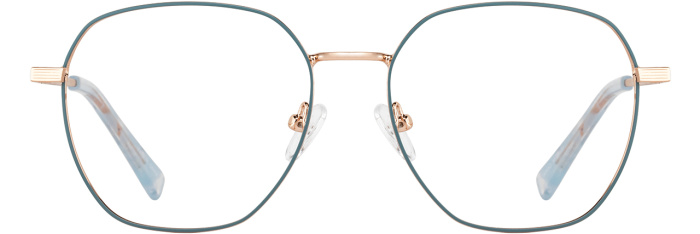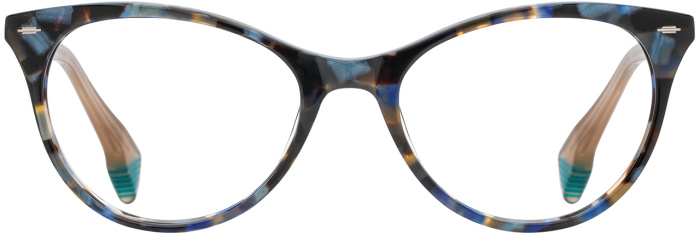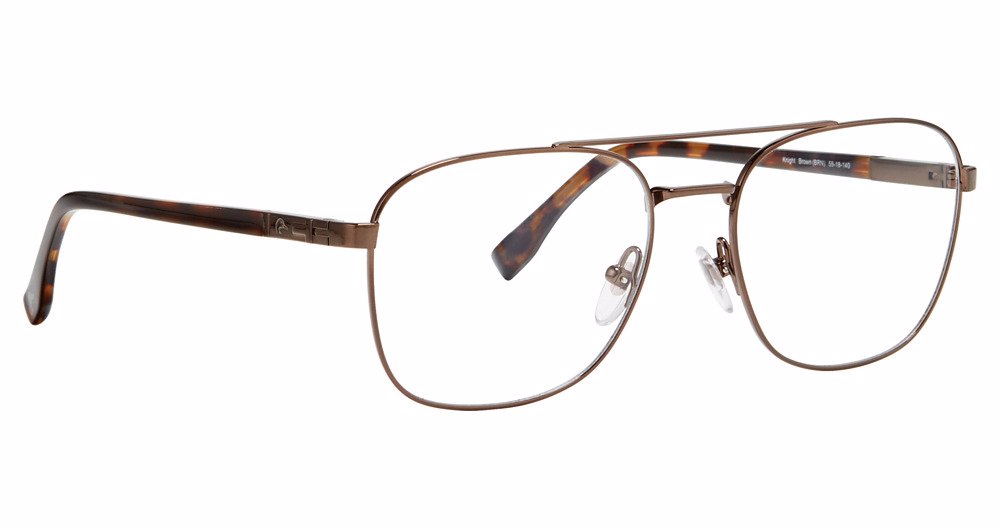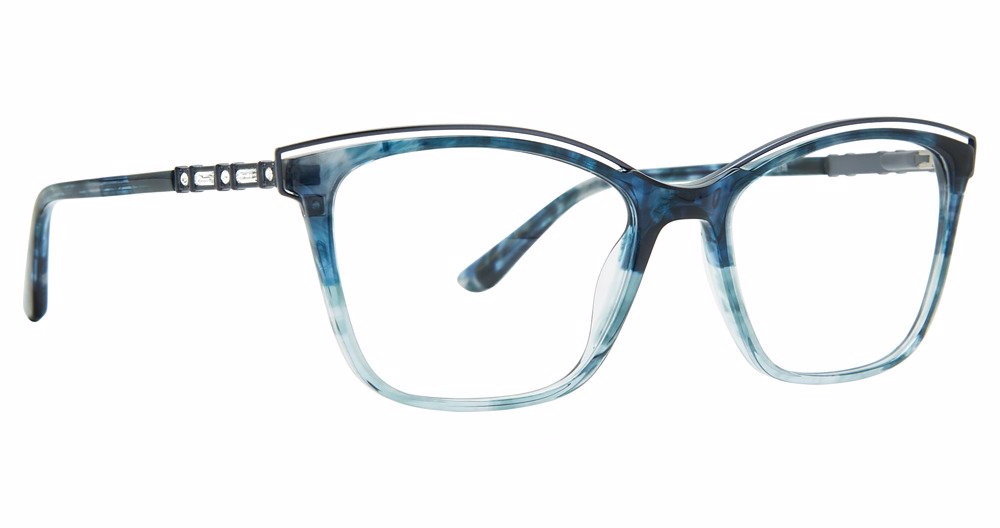We identify specific eye allergens and provide targeted treatments to reduce irritation. Our approach combines environmental strategies with medical interventions for optimal reliefWe identify specific eye allergens and provide targeted treatments to reduce irritation. Our approach combines environmental strategies with medical interventions for optimal relief
What do I need to know about eye allergies?
Although eye allergies are one of the most common problems we see, it is often the most chronic and frustrating. A variety of airborne allergens, such as pollens from grass, weeds, and ragweed, can irritate your eyes. Eye allergies can be acute, recurrent, seasonal, or chronic, affecting your quality of life. Patients with eye allergies often have a history of other allergies such as eczema, asthma, or seasonal running nose.

What are the Symptoms of Eye Allergies?
Allergies to the eye can present with a variety of symptoms, including:
- Itching
- Burning sensation
- Tearing
- Red-eye or bloodshot
- Eye swelling
- Lid swelling
- Watery and/or mucoid discharge
An estimated 50 million Americans have some form of seasonal allergy, and this number appears to be growing. As many as 30 percent of all adults and 40 percent of all children experience allergic reactions that can affect the eyes, eyelids, and tear ducts.
What are the Treatment Options for Allergies to the Eye?
Fortunately, there are many treatments available to manage and alleviate the symptoms of eye allergies:
First and foremost, eye allergy treatment begins by removing or avoiding anything that may be causing the eye allergy and, of course, trying to find out what that may be. We may recommend topical antihistamines, a topical vasoconstrictor, and topical NSAIDs to relieve the itching. Topical steroids may be considered when other medications are not helpful. Sometimes oral antihistamines are also recommended.



















